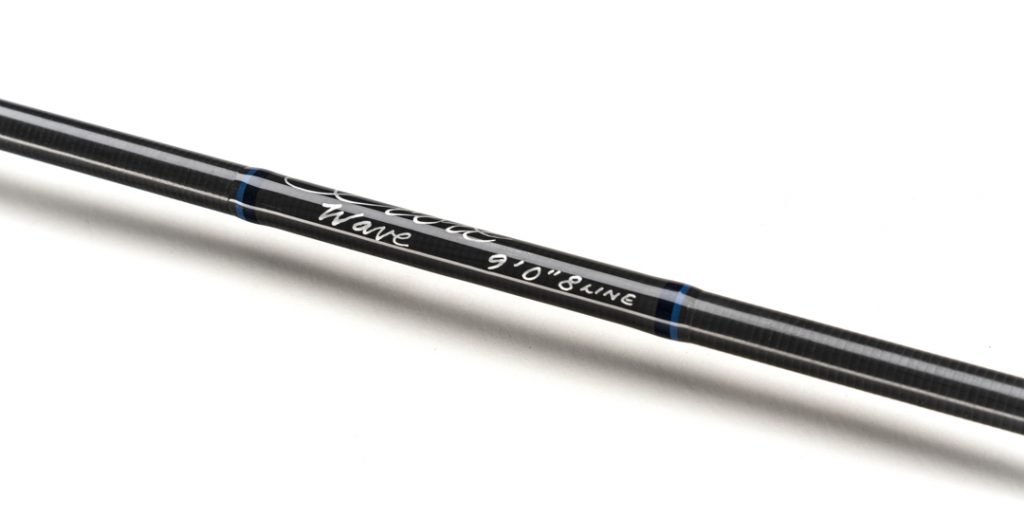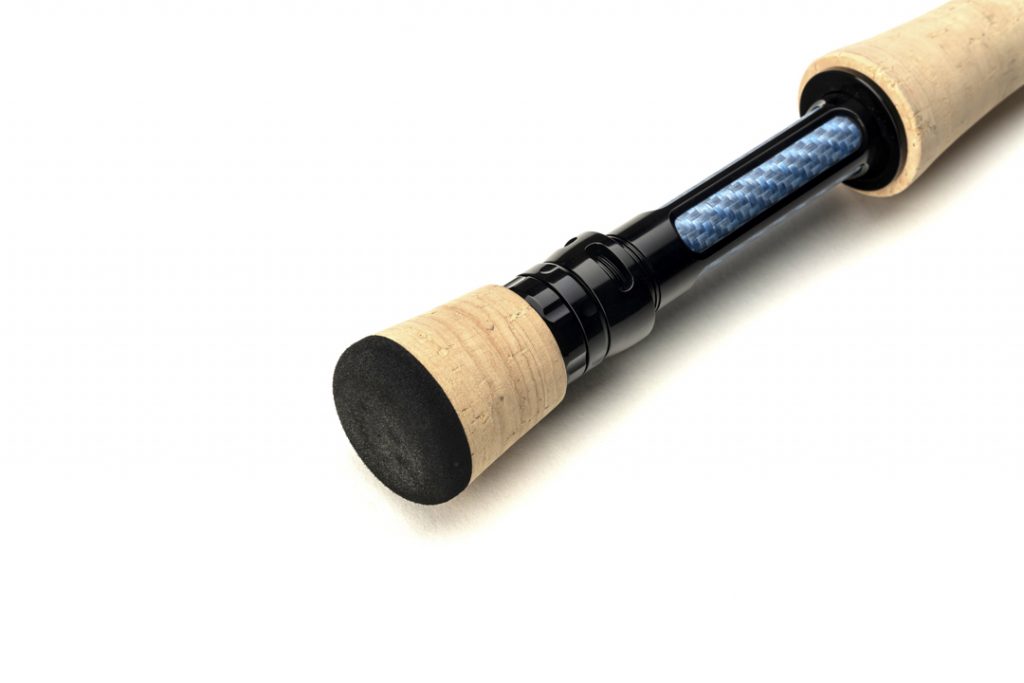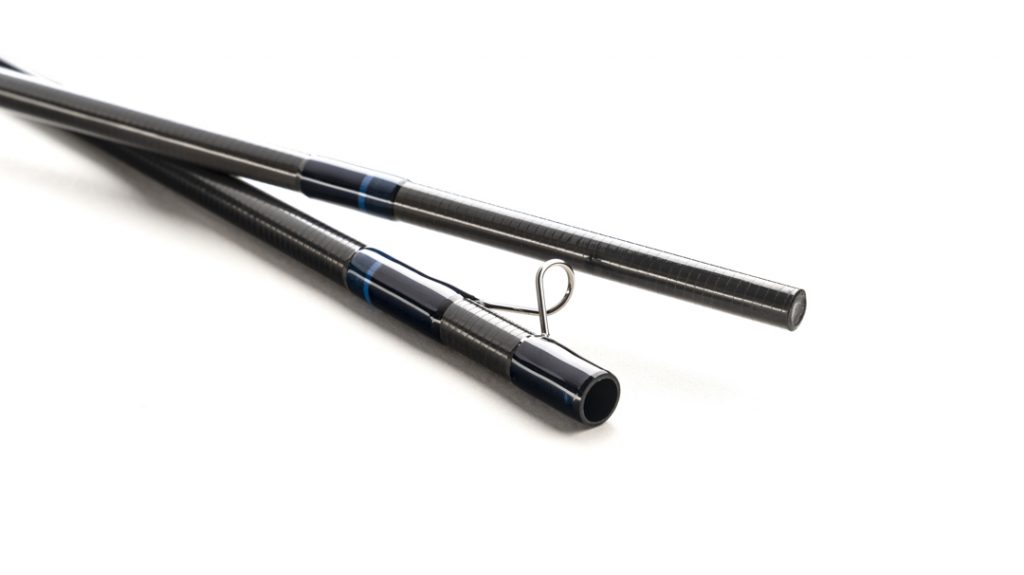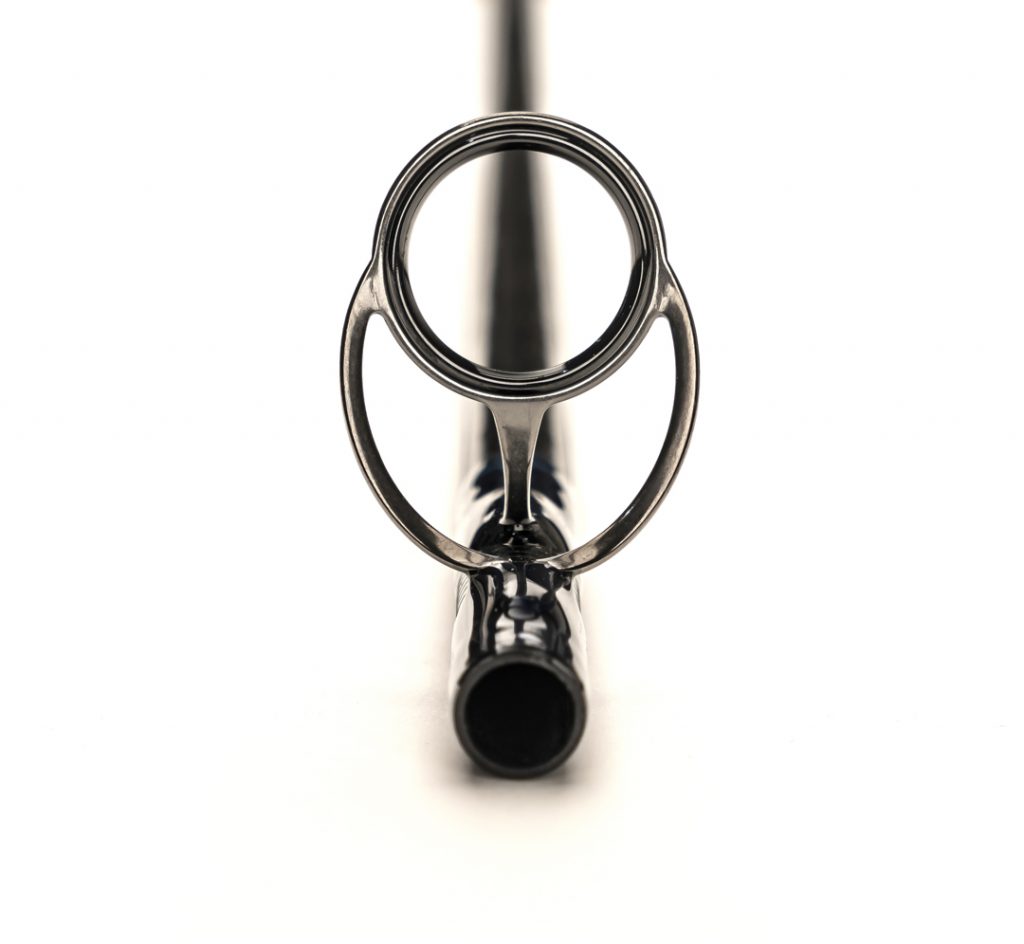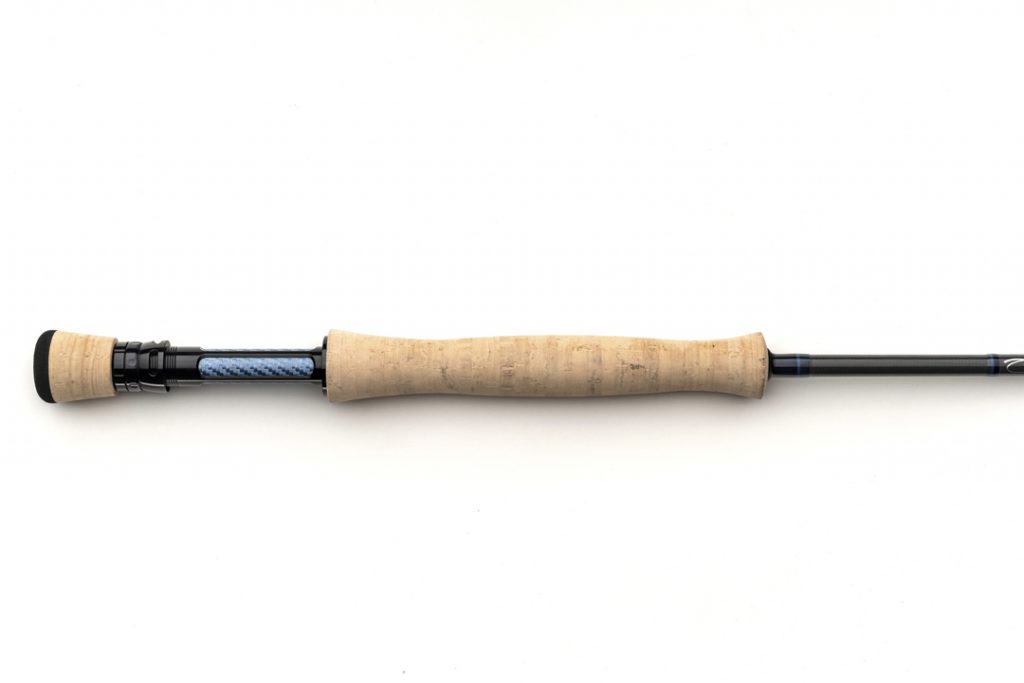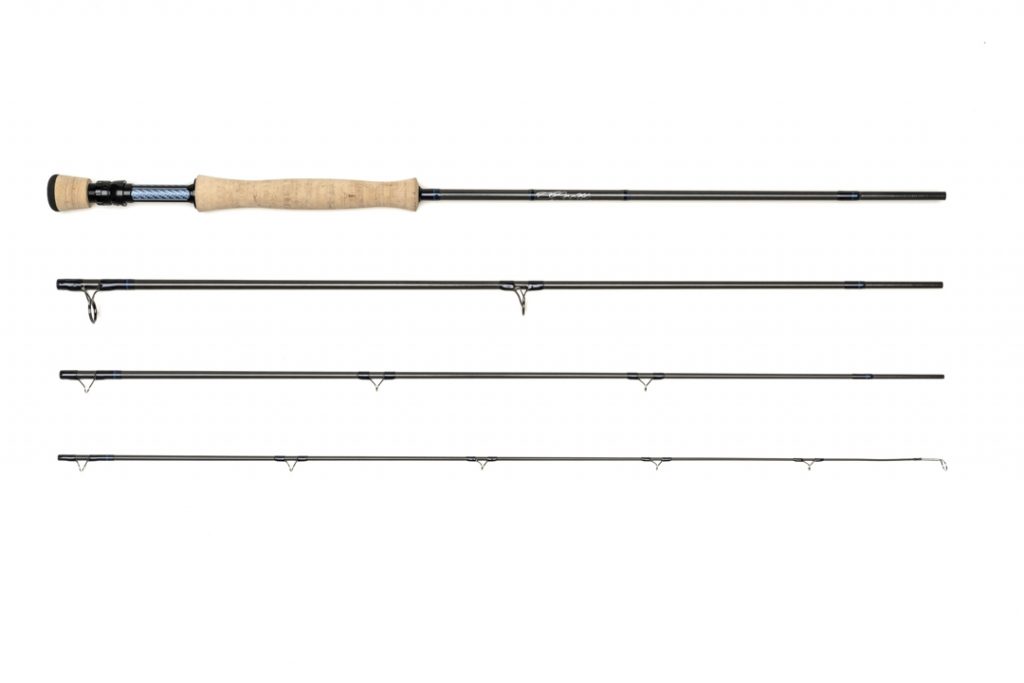Lower retail pricepoint, high-end performance.
In 2015, I called the Scott Meridian “the best saltwater fly rod ever made” in a piece I wrote for Field & Stream. Just four years later (atypically quick in the life cycle of fly rod series) Scott upped the ante by introducing “Sector,” which I admitted at that time added a little more oomph and distance to the blank recovery (read accuracy) of the Meridian. But that came at a cost to consumers—a pricepoint that pushes a grand.
The $1000 barrier has since been broken many times, by Sage with the R8 Core, Winston’s Air, Loomis’ Asquith and others. So I have to admit I was pleased to see the secret rod Scott sent me several weeks ago came in a Cordura tube, which is a sure sign that the retail asking price would be lower.
I get legitimately fired up about things like rod tapers, graphite and space age resins, and how that all factors into developing slick instruments for casting, because I am a fly-casting dweeb. But the honest truth is, as an editor, I didn’t know how much more of the promo-speak, techno-talk baloney I could peddle. And I’m not sure in this inflationary economy consumers are looking for ultra-pricey rods that cost more than many hunting rifles and shotguns, sets of golf irons, new downhill skis, and the like.
They just want stuff that works.
Well, the new Wave rod is a really darn good all-around FISHING fly rod, designed for throwing heavier flies and fighting larger fish, from saltwater flats, to carp ponds, northern pike waters and more. It’s more than capable of matching up to the honest casting and fishing talents of 99.99% of anglers. And it costs $675 with full warranty.
The dirty little secret that few talk about is that the world-beater, end-all rod for the ages from seven or eight years ago, often gets a new paint job, a new name, a new price, and comes out as the rod company’s mid-priced rod. So I asked Scott President Jim Bartschi that question directly: Is Wave really Meridian in a new package?
“It’s not that. There’s a lot of DNA from BOTH Meridian and Sector in the design of the Wave rod,” Bartschi said. “We’re really lucky to have those resources to draw from when we design a rod like this.”
AT managing editor Tim Romano just took it to Wisconsin to fish for bruiser smallmouth bass, pike, and he even threw at a musky or two with guide Kyle Zempel of Black Earth Angling. Romano said: “I thought it was just pleasant to fish. It did everything I asked it to, and though I brought a few other rods for the trip, there was no reason to fish anything else. Basically, it’s the only rod I used.”
I’ve been playing around on the local pike ponds with an 8-weight Wave and have a similar opinion. Here’s what you definitely get with the Wave. 1) Versatility, I can throw a Clouser Minnow with weighted dumbbell eyes, or a Pink Puff (I fish those for carp), or even an unweighted Atlantic Salmon fly (like a Blue Charm… they work for trout in the Colorado River), no problem. And many anglers don’t realize that the size rod you fish should really revolve around the sizes of the flies you throw as much or more than it does the size of the fish you’re after. I threw sink-tip and floating lines with it. It’s an easy-casting, accurate action. 2) Better lifting and fighting power than many other saltwater rods that cost a lot more. 3) Some very nice aesthetics. It’s a pretty rod, in that classic Scott/unsanded blank kind of way. I especially like the hues of blue in the graphite reel seat and thread wraps.
What you don’t get: Super flashy components like stripping guides that cost $20 per, wholesale (Wave rods do come with high-performance, perfectly slick SiC stripping guides)… an aluminum tube (I have a bunch in my basement and will sell them for $300 each to anyone who feels compelled to spend a grand for a fly rod… and the right to say you bought the highest-priced, most “cutting edge” saltwater rod on the market (which will probably last a year or two at most until that title is usurped by another company).
I used to say at this point in reviews of rods like this that they’re good for people looking to add a line weight to the quiver, or are gearing up for a special trip and want a new rod but don’t want to spend an arm and a leg.
But with this one, having fished it a bit and decided that it’s really just about all the saltwater fly rod I’ll ever truly need, I’ve landed on a different conclusion, and it’s cause for celebration for the fly-fishing consumer.
Bitchin’ high-performance saltwater fly rods cost less than $700 again.
Let’s hope we see that translated to the trout models in the near future.
– Kirk Deeter
Editor, Angling Trade

